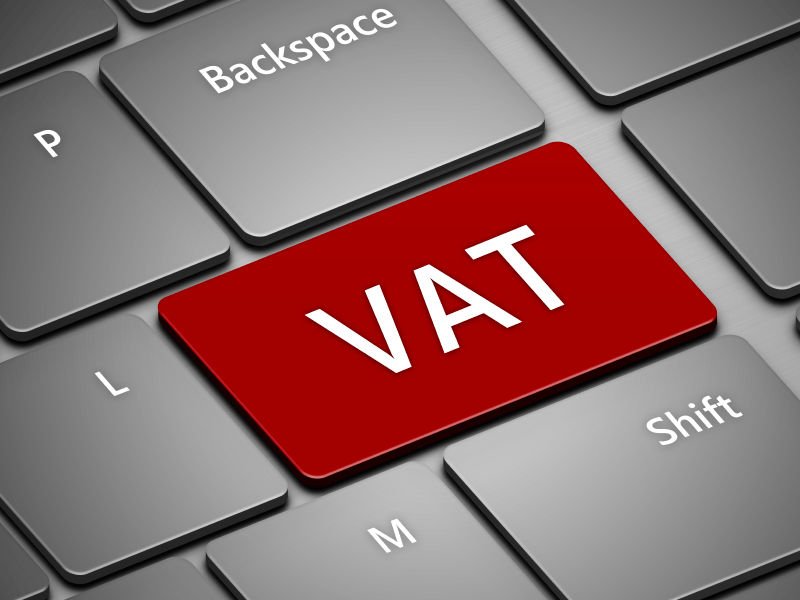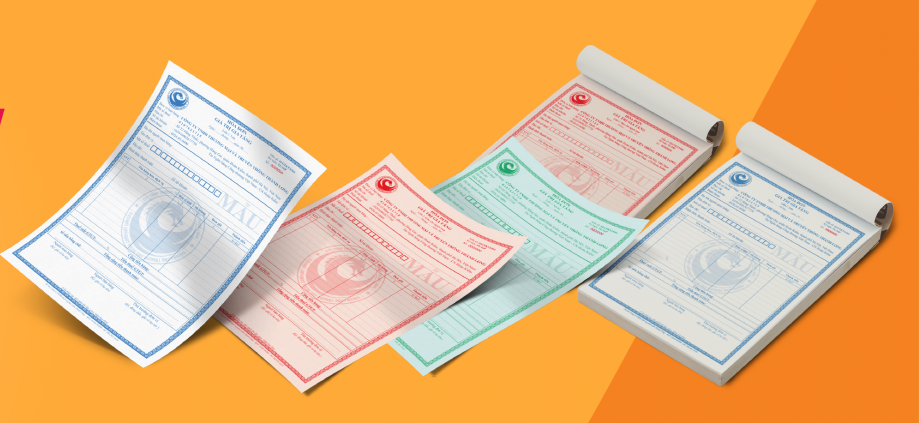Electronic invoice is a new type of invoice applied by the Ministry of Finance to current business enterprises as an alternative to the issuance and use of paper invoices. Help to manage and store information more convenient. Efficient, successful business operations as well as making tax calculations easier.
Electronic invoice is a collection of electronic data messages about goods sale and service provision, which is created, created, sent, received, stored and managed by electronic means (Clause 1, Article 3 of Circular No. 32/2011 / TT-BTC takes effect from March 14, 2011 by the Ministry of Finance).
Note: Invoices made in paper form but processed, transmitted or stored electronically are not electronic invoices.
Regarding subjects of using electronic invoices:
– Organizational units and businesses: issuing with large numbers of invoices such as: Electricity, Water, Telecommunications, Television
– Units with many branches, in many Provinces / Cities
– Units with unfocused customers in many Provinces / Cities
– Enterprises export e-contracts at the request of tax industry
Regarding conditions for creating an electronic invoice:
Enterprises selling goods and services that want to create electronic invoices must meet the following conditions:
– Eligible and performing electronic transactions in tax returns with tax authorities; or using electronic transactions in banking activities.
– Having locations, information transmission lines, information networks and information transmission equipment to meet the requirements of exploitation, control, processing, use, preservation and archiving of electronic invoices.
– Having a contingent of qualified executors capable of commencing the creation, creation and use of electronic invoices according to regulations.
– Having an electronic signature as prescribed.
– Having software for selling goods and services connected with accounting software, ensuring that the data of e-invoices for selling goods and providing services is automatically transferred to the accounting software (or database). Payment at the time of invoicing.
– There are processes of data backup, data recovery, data storage that meet the minimum requirements for storage quality, including:
+ The data storage system must meet or be proved to be compatible with standards on data storage systems;
+ There is a process of backing up and restoring data when the system encounters a problem: ensuring to backup the data of electronic invoices to information carriers or online backup of all data.
If an enterprise wants to create an electronic invoice, if all of the above conditions are met, it must issue a decision to apply electronic invoices (according to the Form No. 1 in the Appendix attached to Circular 32/2011 / TT-BTC) Send it to the supervisory tax authority.
Decisions on application of electronic invoices are made in paper or electronic form and sent through the web portal of tax authorities.
For enterprises in high tax risk cases, when making electronic invoices, they must send electronic information on invoices to tax agencies in order to receive invoice authentication codes from tax agencies.
Note: Enterprises must prepare an invoice issuance notice (according to the Form No. 2 in the Appendix to Circular 32/2011 / TT-BTC) to send to the tax authority directly managing it before issuing the electricity bill. death. At the same time, the digital invoice must be signed and the sample electronic invoice (in the correct format sent to the buyer) must be sent electronically to the tax office. The notice of issuance of electronic invoices (excluding sample electronic invoices) must be posted publicly at the head office of the enterprise or posted on the website of the enterprise during the time of using the invoice.
Enterprises using electronic invoices shall report the use of invoices to tax authorities directly managing them according to regulations.
phapluatdoanhnghiep.vn
- Voting, dismissing and dismissing the Chairman of the Board of Directors
- LEGAL ISSUES RELATED TO THE BOARD OF DIRECTORS OF THE JOINT STOCK COMPANY
- LEGAL REGULATIONS ON LEARNING CONTRACT
- CAPITAL SUPPORT POLICY FOR ENTERPRISES AFFECTED BY COVID-19 DISEASES
- DỰ KIẾN GIẢM 30% THUẾ THU NHẬP DOANH NGHIỆP NĂM 2020
















